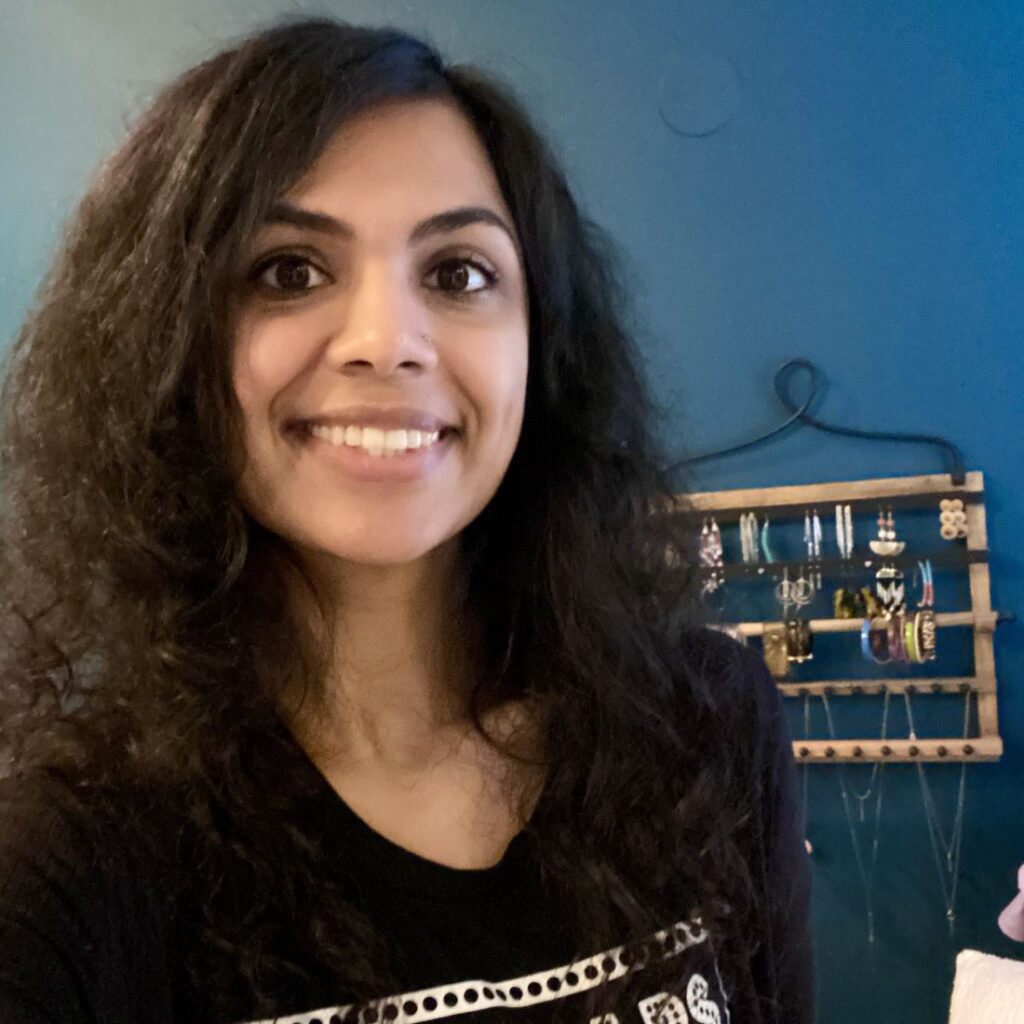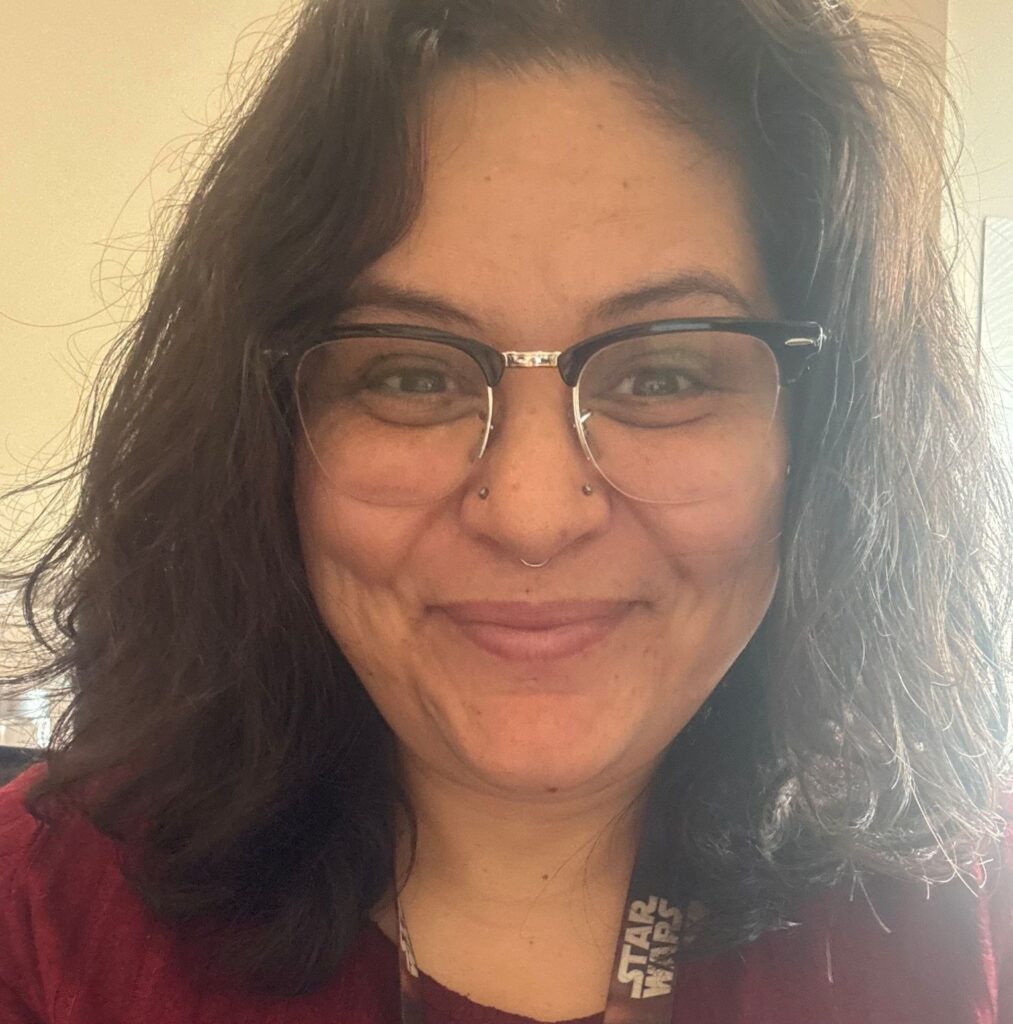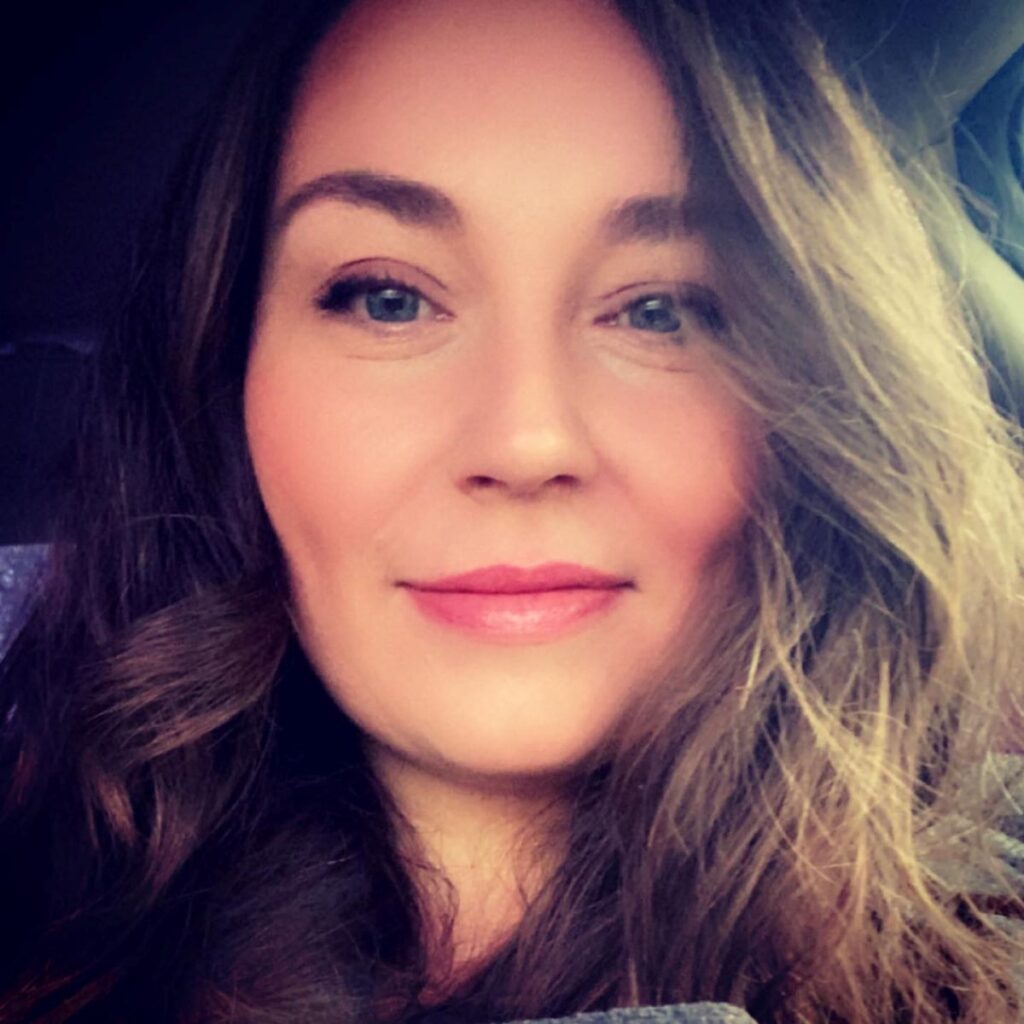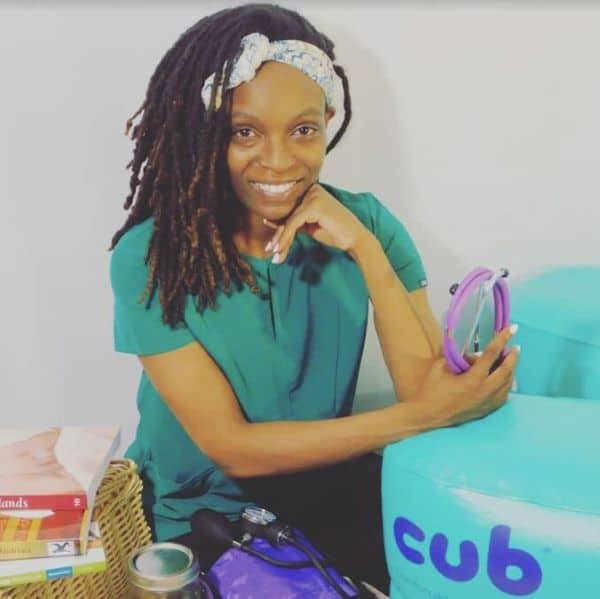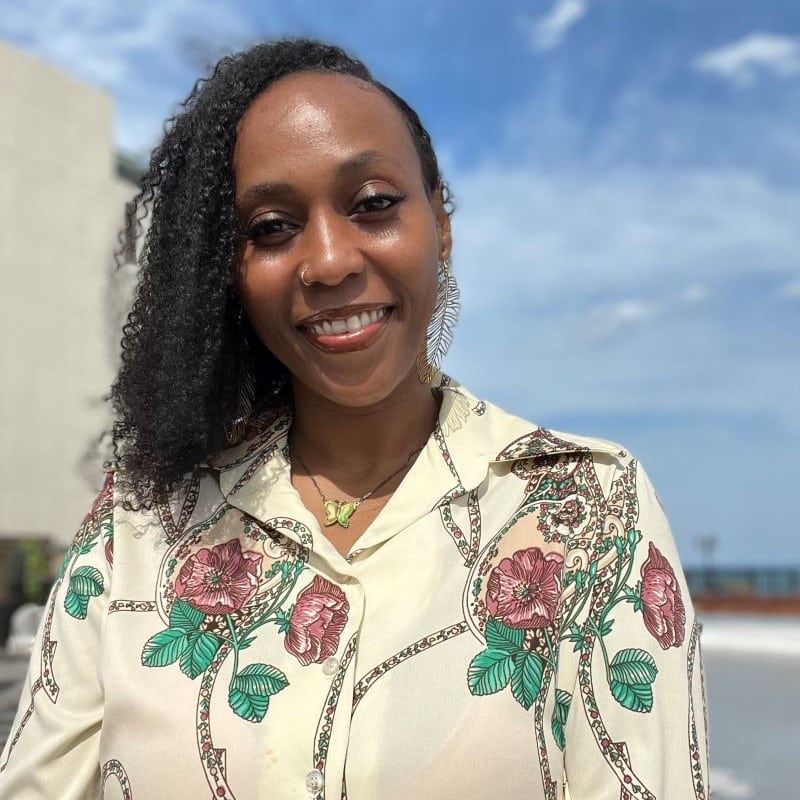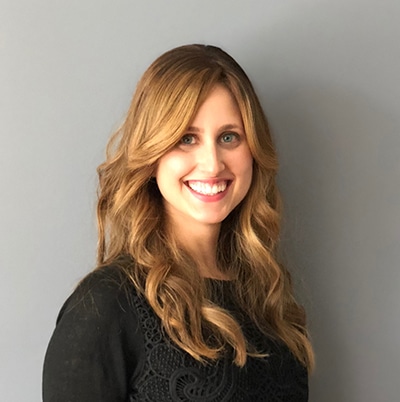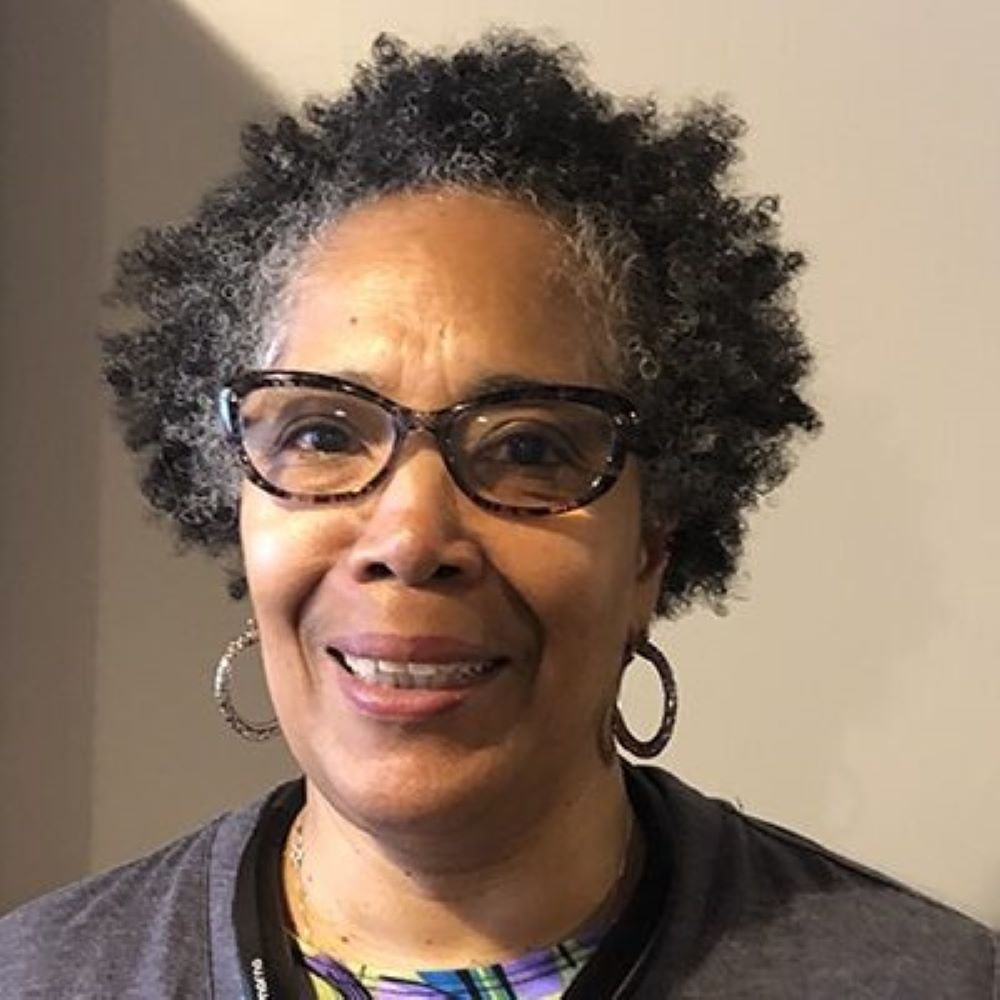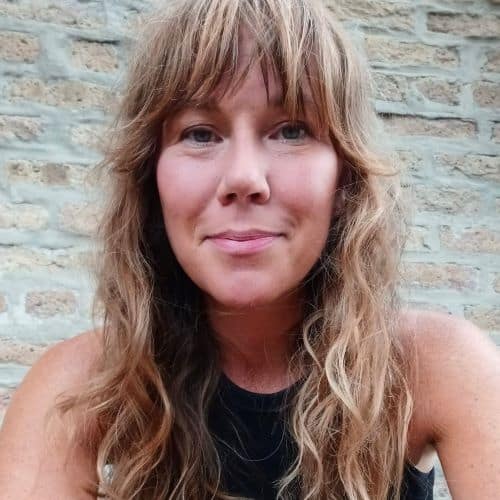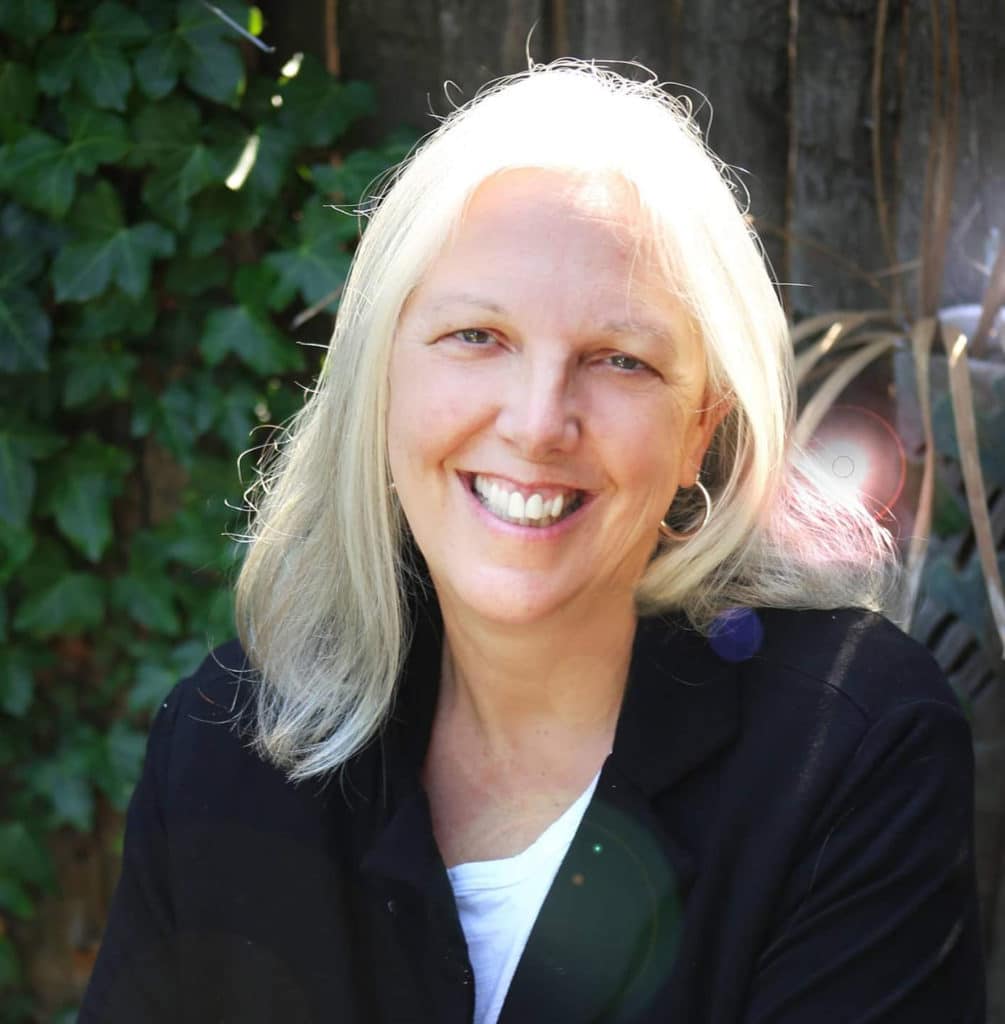General|Newborn Care and Parenting
9 out of 10 car seats are being used incorrectly. Is yours one of them?
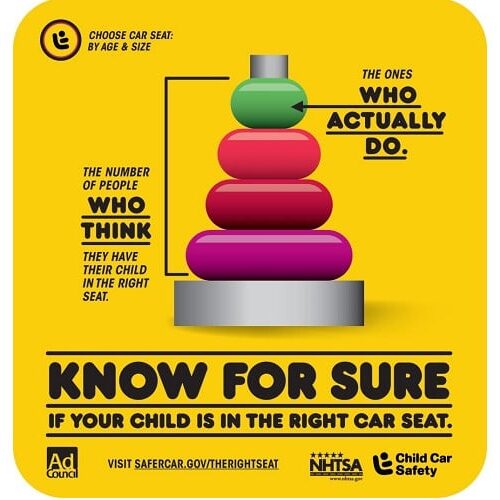
“Car Seat Safety” series. Guest Author: Angel Mattes
Why is it important to get my child’s seat checked and to learn about proper use?
Motor vehicle crashes remain the leading cause of death of children, ages 3-14. However, many of these deaths can be prevented through the proper use of child safety seats. According to the National Highway Traffic Safety Administration (NHTSA), child safety seats can reduce fatal injury by 71 percent for infants and by 54 percent for toddlers, ages 1-4.
The problem is that most parents and caregivers are unaware of the risk to children when they are not properly restrained in child safety seats. 96 Percent of parents and caregivers believe their child safety seats are installed correctly, but NHTSA research shows that 7 out of 10 children are improperly restrained, putting them at risk for serious injury or death in a crash.
See the facts on child passenger safety from the CDC.
Risks you might not know you’re taking:
1. Using your car seat as a sleep space
Using the car seat outside of the car – car seats are only safe for children when properly installed inside the vehicle! (See “Buckle Baby, Even Out of the Car”). When installed in the car, the seat is at the proper angle, but when placed on the floor or other surface, the angle changes and can easily impact a newborn’s ability to breathe properly, putting them in danger. Likewise, parents should avoid placing a car seat in the crib or leaving Baby in a car seat unattended or for prolonged periods of time (see “Flat Head Syndrome”).
2. Not staying on top of recalls
Register your Car Seat – Child restraints could be recalled for safety reasons. You must register your child’s seat in order to be reached in a recall. (If you can’t locate the paper registration card, you can still do this online).
3. Using a car seat that you’re using a second or third time
- They expire? – Yes, they do! Why car seats expire and why it’s important not to use afterward. See “Why do they Expire?”
- Buying or borrowing a used car seat – Almost never safe due to unknown history, expiration dates, etc. See “Used and Borrowed Car Seats”
4. Travel Risks
Car Seats & Travel – Despite common practice, it’s important that your child is in their car seat on an airplane. Also, gate checking your car seat will damage it! See “Leaving on a Jetplane: The CSFTL Guide to Safe Air Travel with Children”
Shopping Carts – You should never place a car seat in the top section of a shopping cart! Please read why this is dangerous and can also damage the locking mechanism on your seat: “Car Seats and Shopping Carts: A Dangerous Combo”.
5. Care and cleaning
Many parents are surprised to learn that you cannot use anything other than mild soap for most car seats (only some have machine-washable covers) and also can’t submerge the harness straps in water, use Febreze, harsh cleaning products like Lysol, or even vinegar on your car seat. When in doubt, always follow the care instructions in your manual! See: “How do I Clean my Child’s Car Seat?”
6. Seasonal Hazards
- Puffy coats – You should not put your child in a puffy winter coat or snowsuit underneath a harness. This creates a dangerous space between their bodies and the harness that needs to restrain them, and they can be ejected in a crash. See “Coats & Car Seats are Not a Safe Combo: How to Keep Kids Warm & Safe”
- Heatstroke – Rear-facing children are at particular risk of being forgotten in the car and can quickly overheat. Take precautions to always check the back seat before you walk away! See “Preventing Heatstroke” and “Fatal Distraction”
- Missing Milestones – It’s important to stay on top of your child’s height and weight, and to know the limits of each for your car seat. Your child might outgrow one setting or need a different kind of installation once they reach a certain size. In addition, even a proper install needs to be checked daily for tightness, and assessed by a professional every 6 months. It’s important to get regular seat checks to ensure that your child has the right seat, the right installation for your vehicle, even as they grow! See “Height and Weight Limits”
7. Trying to install your car seat without a skilled inspector
You can read about choosing and installing your car seat and how to keep optimal car seat safety as your child grows, but the best advice and guidance will come from a Certified Child Passenger Safety Technician (CPST). Those 9 out of 10 incorrectly installed seats can be prevented if you learn about proper fit in your car with the particular car seat you’ve chosen. For example, you may have heard that “Baby is safest in the middle” or that “LATCH is safest” but that’s not always true, and ultimately, you may not realize that your vehicle doesn’t actually allow a LATCH installation in the middle seat.
A CPST will not only show you how to correctly use and install your car seat, but familiarize you with the safety features in your vehicle, give you professional tips and guidance on keeping your child safe inside and outside the vehicle, and ensure continued safety as the seasons change and your child grows. They can help you when a new car seat or different installation is in order, and even help you choose a vehicle that will work with your family planning! Whether it’s getting a sense of how tight is tight enough, or using the correct tethers or installation options in your vehicle, a CPST will get you off to a safe start.
8. You might ask, “Can’t I just go to the police or fire department for a free check?”
Many police and fire stations do not have a dedicated Child Passenger Safety Technician (CPST) on staff, who has been trained and certified to properly install and educate on child restraints and safety. The advantages of seeing a CPST are numerous; they are the experts on car seats and child passenger safety. CPSTs are familiar with both the law and with best practice, which is important. The laws have not yet caught up with best practice. Illinois law requires that all children under 8 years of age must be in a child restraint, but this is a bare minimum. To ensure your child’s safety, there are many more factors to consider, and CPSTs have been trained in best practice. They have access to recall lists and LATCH manuals, and know the ins and outs of the tricky installation techniques in certain vehicles and car seats. We see many parents receiving outdated or incorrect advice from their friends, family, and even from their pediatrician! Ensure that your child is riding safe by getting your seat checked by an expert on car seat safety – a CPST.
RESOURCES
ONLINE RESOURCES
- The Car Seat Lady
- Car Seats for the Littles
- National Highway Traffic Safety Administration (NHTSA)
- HealthyChildren.org
Next Week: Tips on Car Seat Installation
Angel Mattes is a Doula, Lactation Educator, and serves the Birthways community as our Labor Support & Continuing Education Coordinator. She trained and certified as a Child Passenger Safety Technician in 2013 and is passionate about educating parents and keeping children safe.

